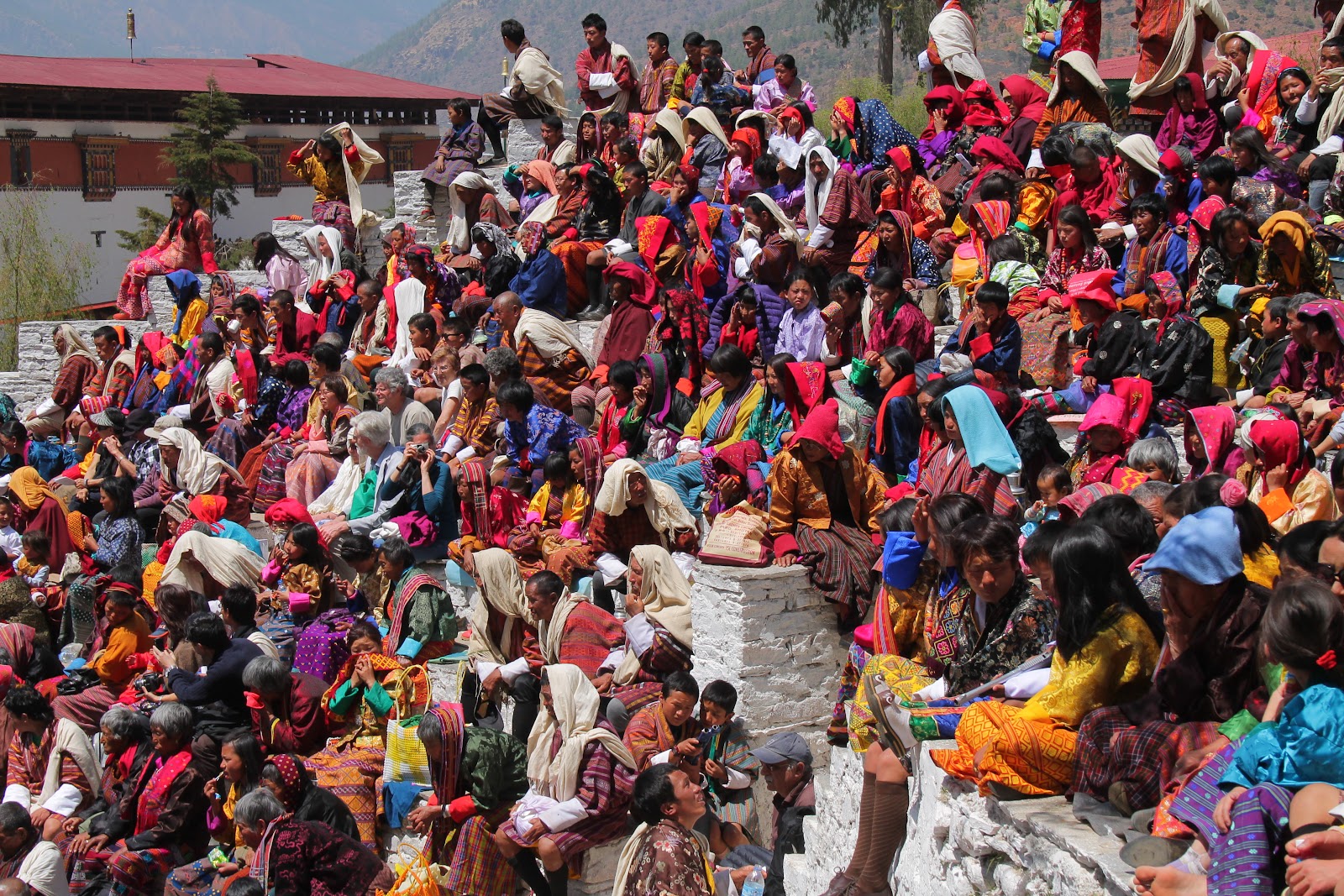When we set out on this adventure, we knew our plans would shift and change, but of course, we didn’t know in which ways. Looking back, it’s interesting to see how differently things have gone than we anticipated. We’ve added destinations based on recommendations from travelers we’ve met along the way, lingered longer in places we’ve enjoyed causing others to get bumped, and other places have proved too expensive or too inconvenient to visit.
A few months back, feeling a slight aimlessness from constantly moving around and not “doing” anything (goodness, are we programmed to only feel satisfaction when we’re productive, or what?!), we decided that we would change the course of the trip.
I’d been planning on taking a yoga teacher training course for a long time, so why not look into courses in India? I have been practicing for many years and I love how rejuvenating, challenging, and soul-enriching yoga is, and would love to share that joy with others or at least deepen my own practice. So I researched ashrams in Rishikesh, considered by many to be the birthplace of yoga, found one that’s a good fit for my goals, and after much deliberation, registered!
So tomorrow I begin an intensive, month-long yoga teacher training program. I’m looking forward to the challenge and to immersing myself in something I’m passionate about.
Since I’ll be tied up for a month and Mark can’t stay at the ashram unless he’s in the program, he’s heading to Nepal to hike the Annapurna circuit, a 200+ km trek through the Himalayas! So we’re both embarking on journeys: mine primarily an inner journey, and his an outer one!
It will be strange and also difficult being apart, after being within arms reach of each other for almost five solid months, but it will be good for us, too. We’ve been using our days in Delhi to get a few provisions, since we have to divide up things we’ve been sharing, and resting up before the next phase of our adventure begins!
As a result things will be a little quiet on the blogging front for the next month, but I’ll post when I get to Nepal when I will be a certified yoga teacher, and Mark will have morphed into a full-blown yeti!
Peace out!
A few months back, feeling a slight aimlessness from constantly moving around and not “doing” anything (goodness, are we programmed to only feel satisfaction when we’re productive, or what?!), we decided that we would change the course of the trip.
I’d been planning on taking a yoga teacher training course for a long time, so why not look into courses in India? I have been practicing for many years and I love how rejuvenating, challenging, and soul-enriching yoga is, and would love to share that joy with others or at least deepen my own practice. So I researched ashrams in Rishikesh, considered by many to be the birthplace of yoga, found one that’s a good fit for my goals, and after much deliberation, registered!
So tomorrow I begin an intensive, month-long yoga teacher training program. I’m looking forward to the challenge and to immersing myself in something I’m passionate about.
Since I’ll be tied up for a month and Mark can’t stay at the ashram unless he’s in the program, he’s heading to Nepal to hike the Annapurna circuit, a 200+ km trek through the Himalayas! So we’re both embarking on journeys: mine primarily an inner journey, and his an outer one!
It will be strange and also difficult being apart, after being within arms reach of each other for almost five solid months, but it will be good for us, too. We’ve been using our days in Delhi to get a few provisions, since we have to divide up things we’ve been sharing, and resting up before the next phase of our adventure begins!
As a result things will be a little quiet on the blogging front for the next month, but I’ll post when I get to Nepal when I will be a certified yoga teacher, and Mark will have morphed into a full-blown yeti!
Peace out!



















